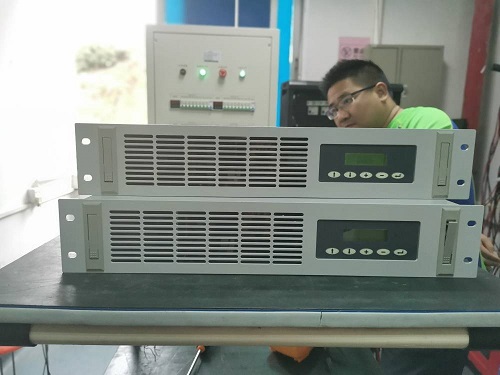
What are the performance indicators of the inverter
The performance of the inverter usually means that these indicators can be measured by various measuring instruments in a short time. Such indicators are the quality indicators required by factories required by IEC standards and national standards. The user can know the quality of the frequency by selecting a few key indicators, instead of simply importing or domestically produced, whether it is expensive or cheap. The following are several key performance indicators of frequency frequency.
What are the performance indicators of the inverter?
(1) How much starting torque can be output at 0.5Hz
An excellent high-frequency inverter can output a high starting torque of 200% at 0.5Hz (below 22kW and above 30kW, it can output a starting torque of 180%). An inverter with this performance can accelerate in a short time according to the load requirement, and can detect urgently changing loads in time.
(2) Frequency indicator.
The frequency index of the inverter includes frequency range, frequency stability accuracy and frequency resolution.
The frequency range is marked by the maximum frequency FMAX and the minimum frequency FMIN output by the inverter, and the frequency ranges of various inverters are different. Typically, the minimum operating frequency is approximately 0.1 to 1 Hz, and the maximum operating frequency is approximately 200 to 500 Hz.
Frequency stability accuracy is also called frequency accuracy. It refers to the actual error between the actual output frequency of the inverter and the given frequency when the given frequency is constant, after temperature and voltage fluctuations, or after long-term operation. Compared with the highest operating frequency (expressed as a percentage).
For example, the maximum operating frequency given by the user is FMAX = 120Hz, the frequency accuracy is 0.01%, and the maximum error is:
δFMAX = 0.0001×120hz = 0.012hz
In general, the frequency accuracy of time given time is about the frequency of free time. 10) °C].
Frequency resolution refers to the minimum variation of the output frequency, that is, the minimum difference between every two adjacent transmission frequencies.
For example, when the working frequency fx = 25Hz, if the frequency resolution of the inverter is 0.01Hz, the minimum frequency of the previous gear is:
fn'=(25+0.01) Hz = 25.01 Hz
The maximum frequency of the next gear is:
fx 2 = (25-0.01) Hz = 24.99 Hz
For digital setups, the frequency resolution depends on the performance of the microcomputer system. It is constant (such as 0.01Hz) in the whole frequency adjustment range (such as 0.5 to 400Hz). For the simulation setting formula, the frequency resolution is also related to the resolution of the frequency given potentiometer, which can generally reach 0.05% of the maximum output frequency.
